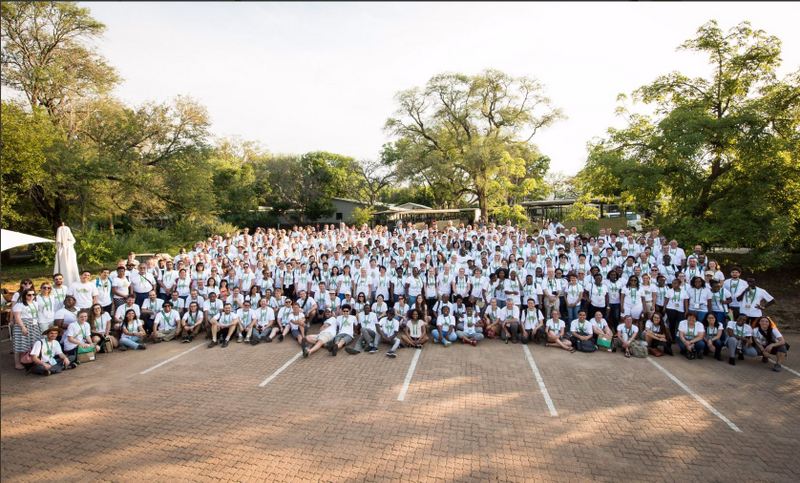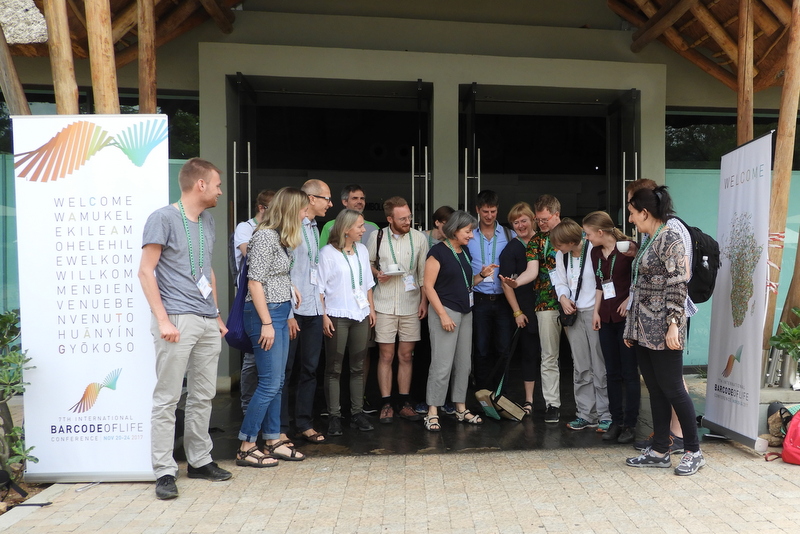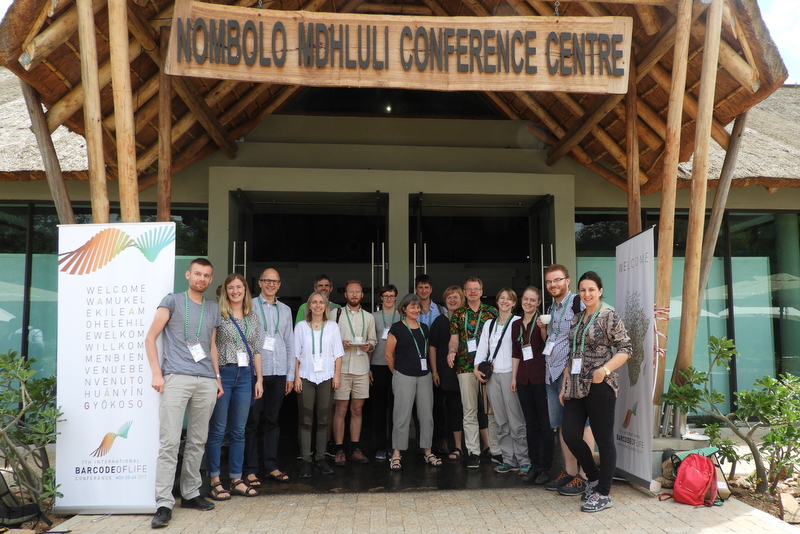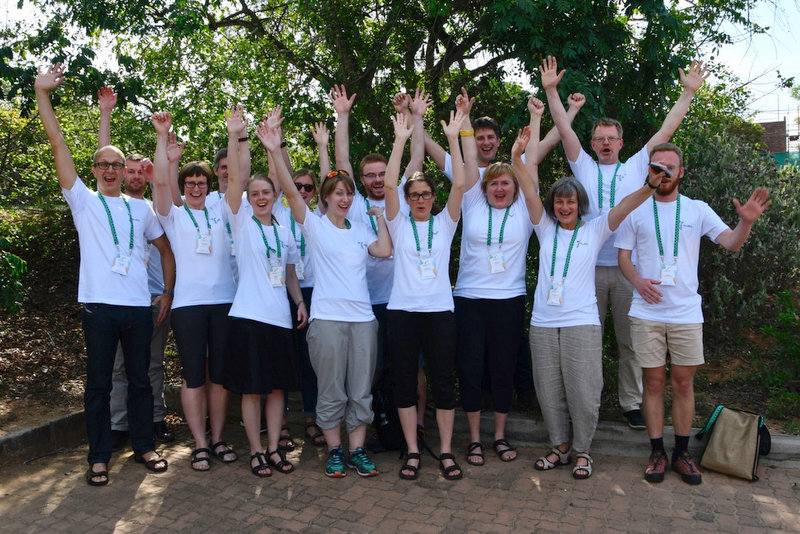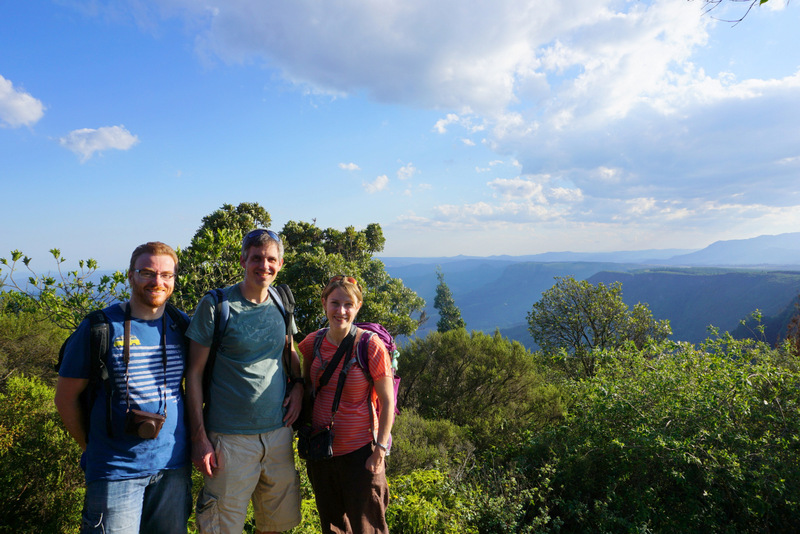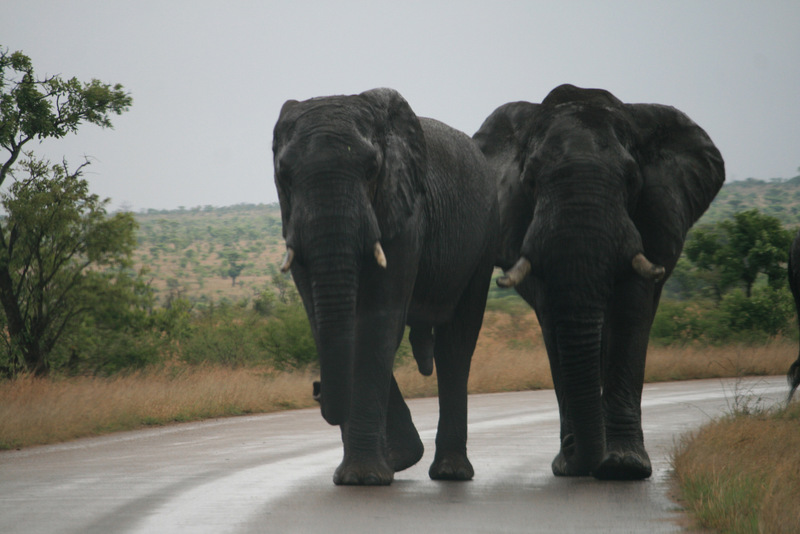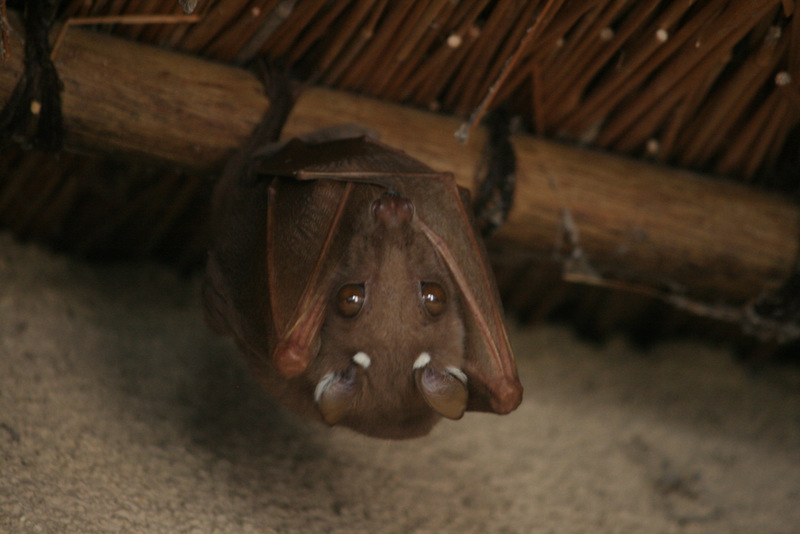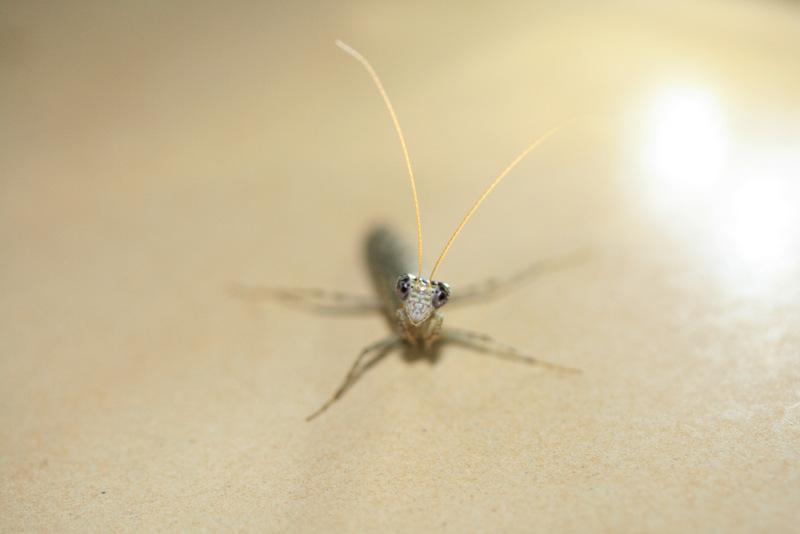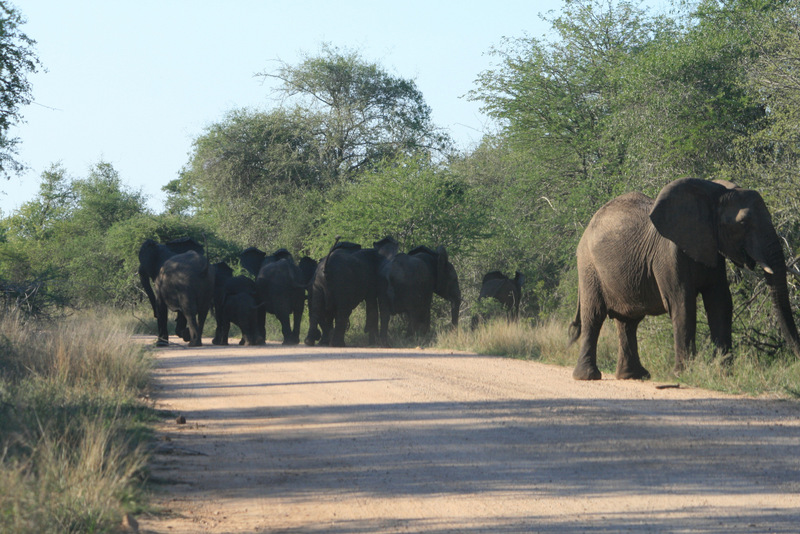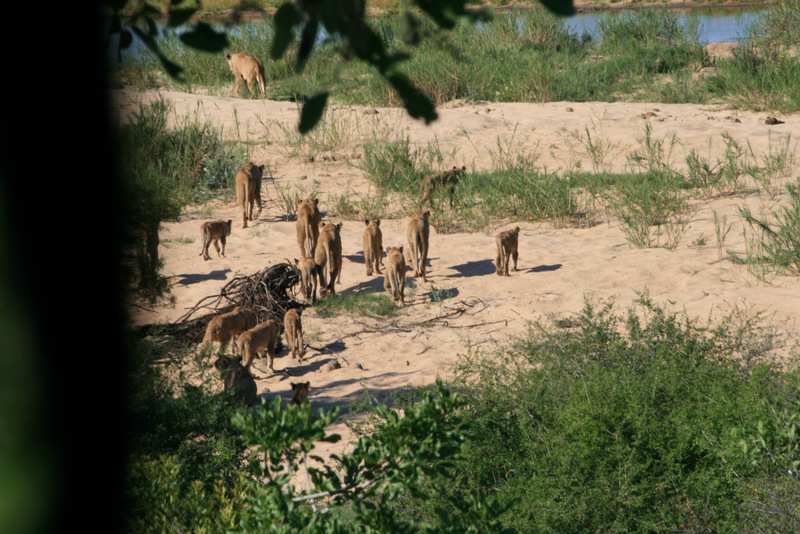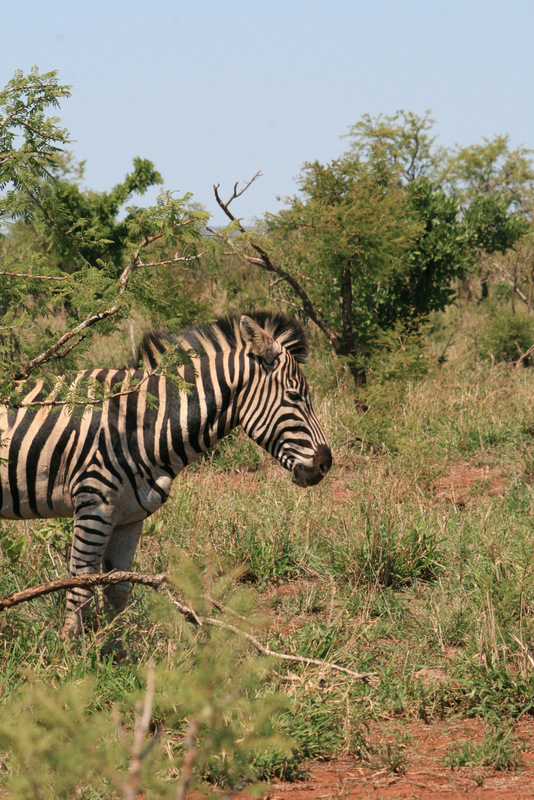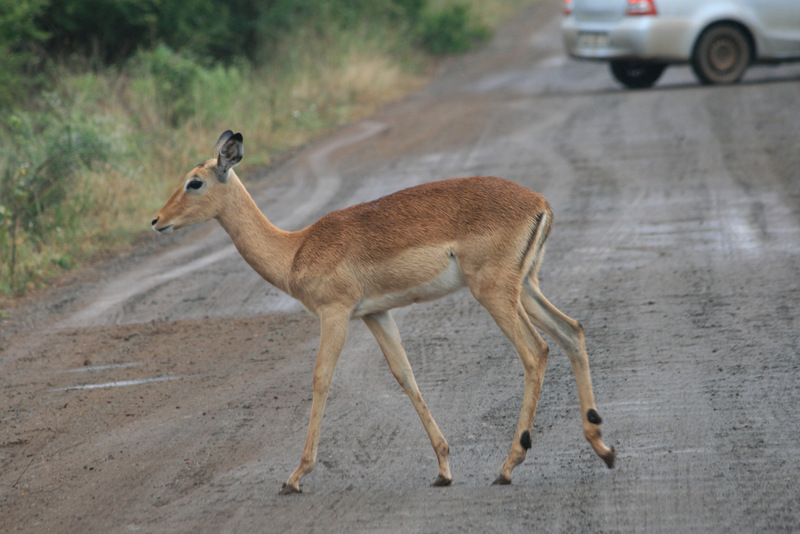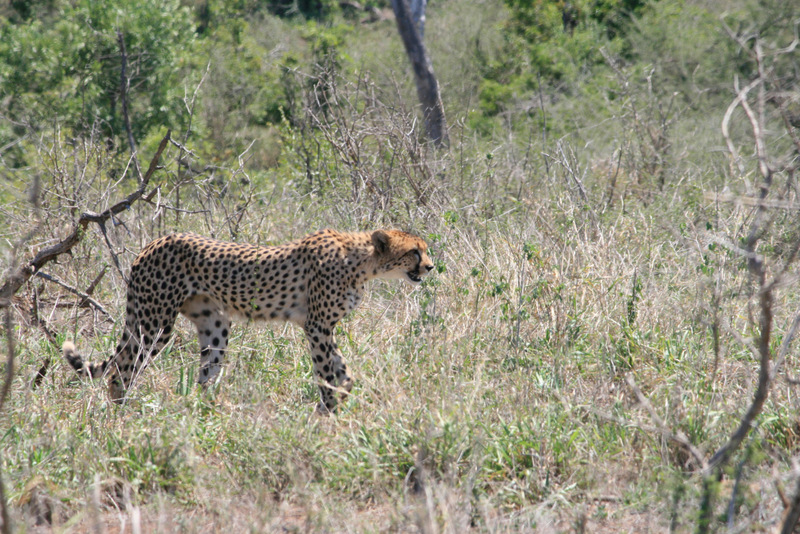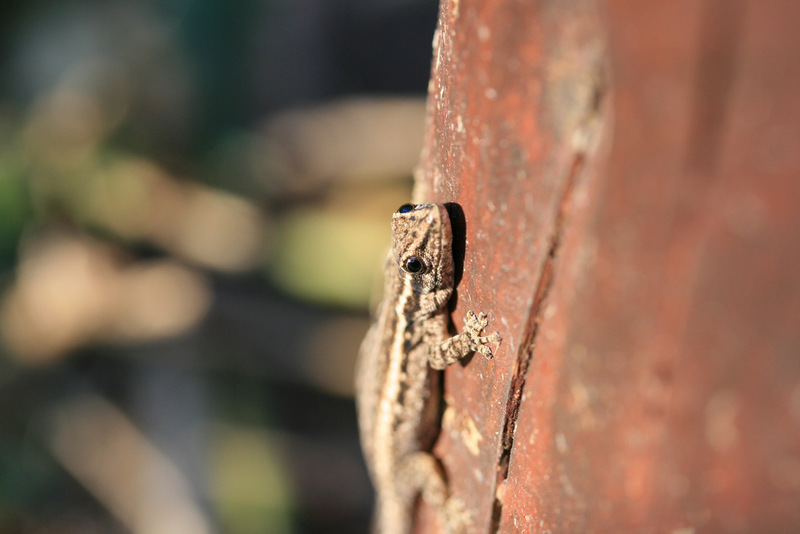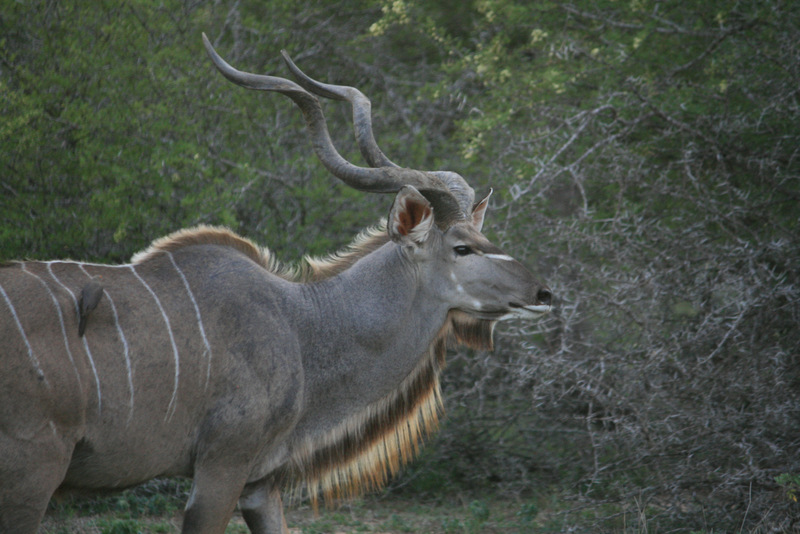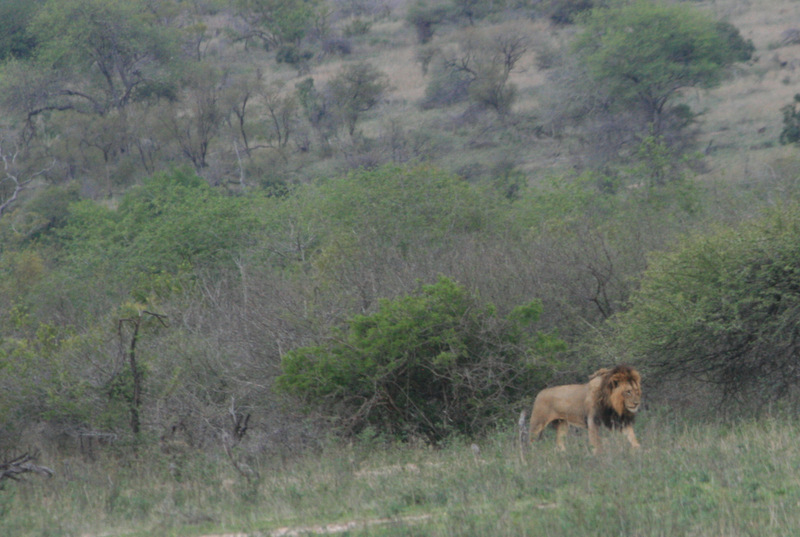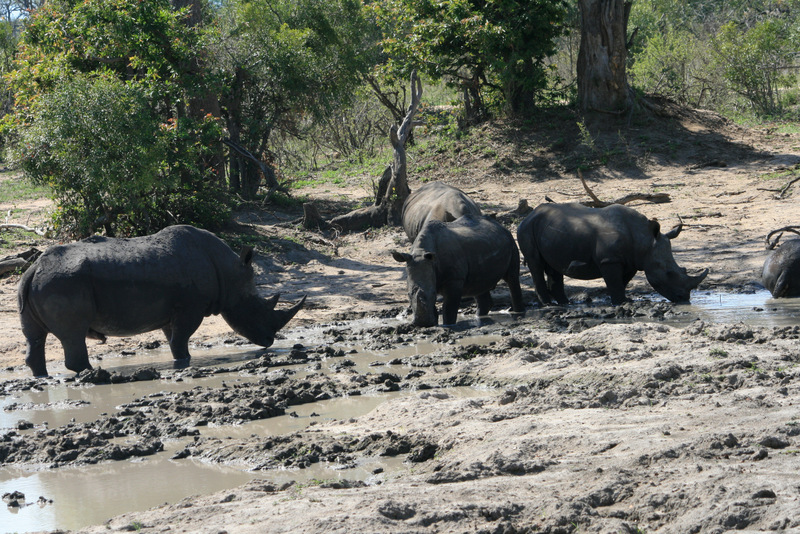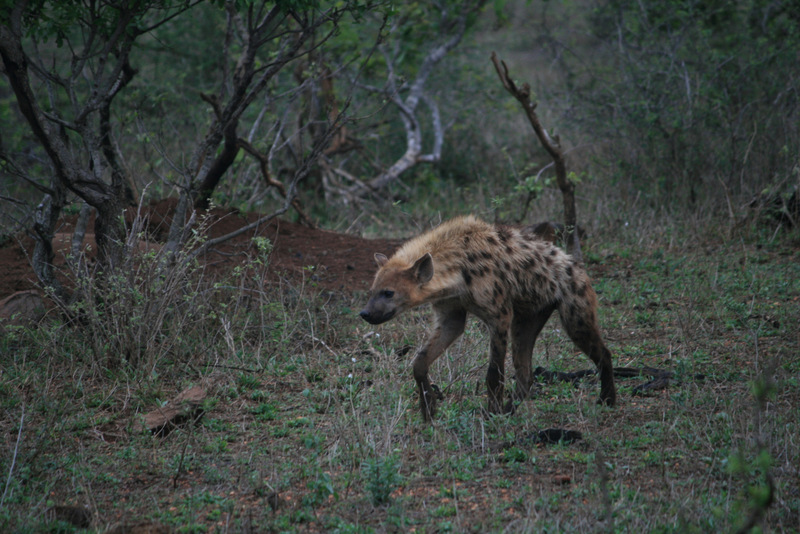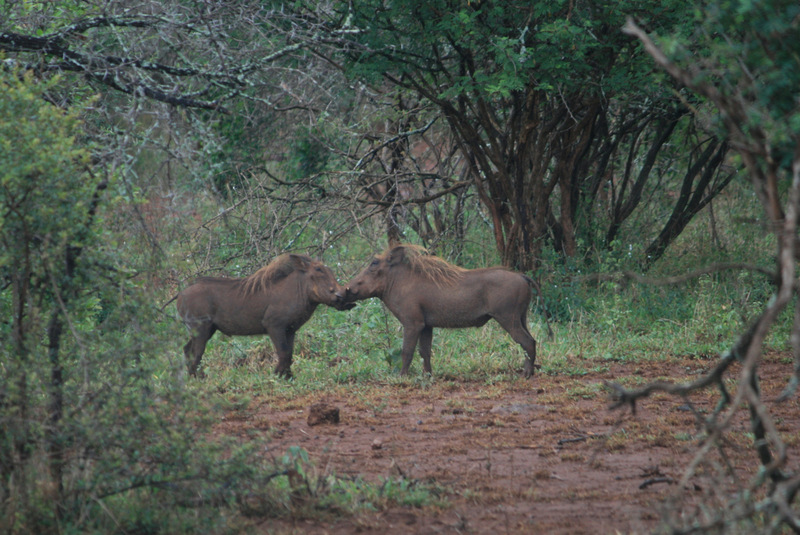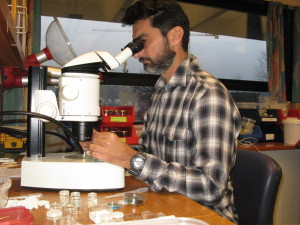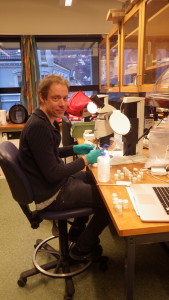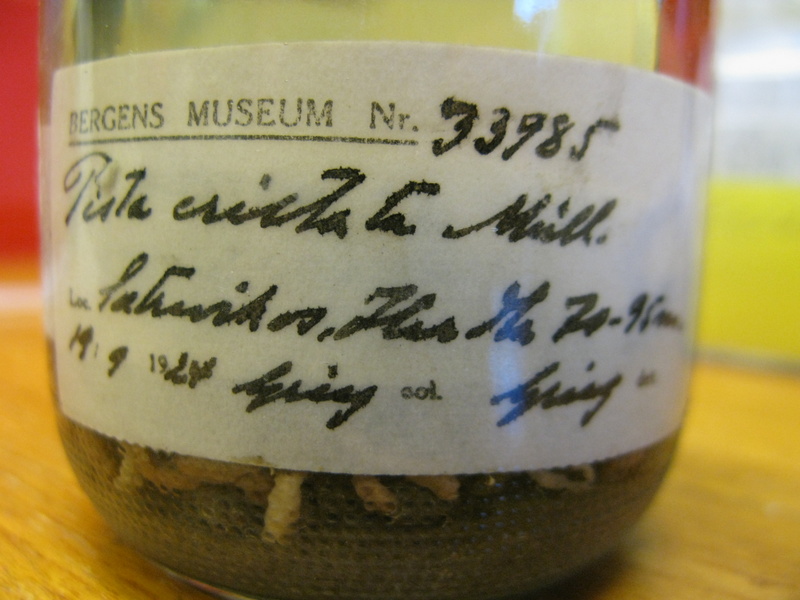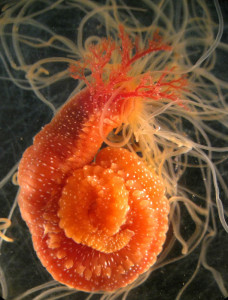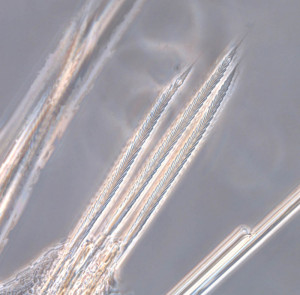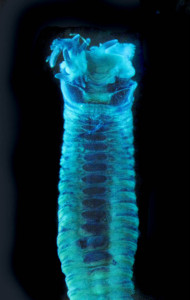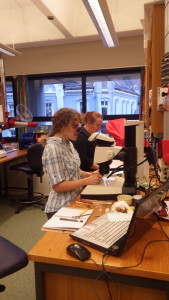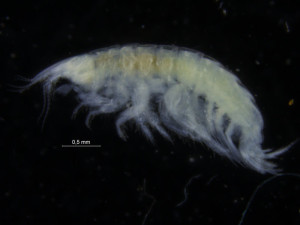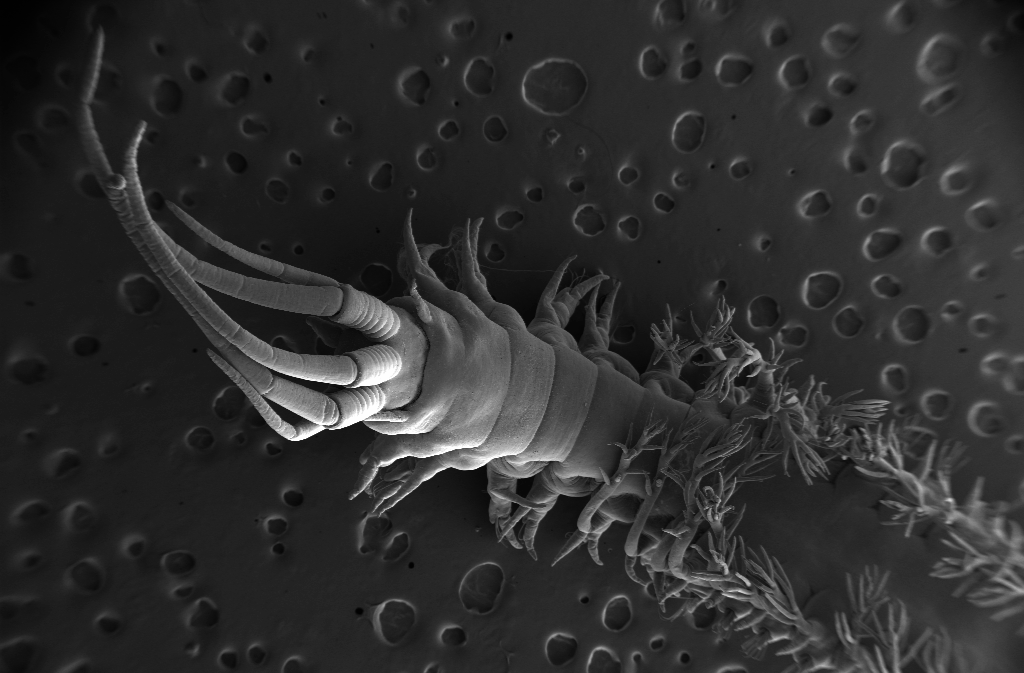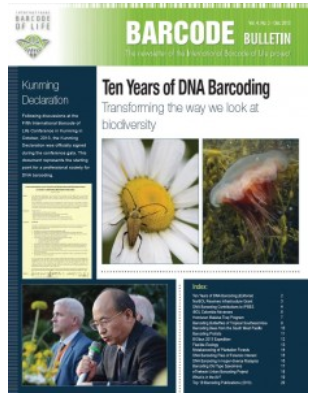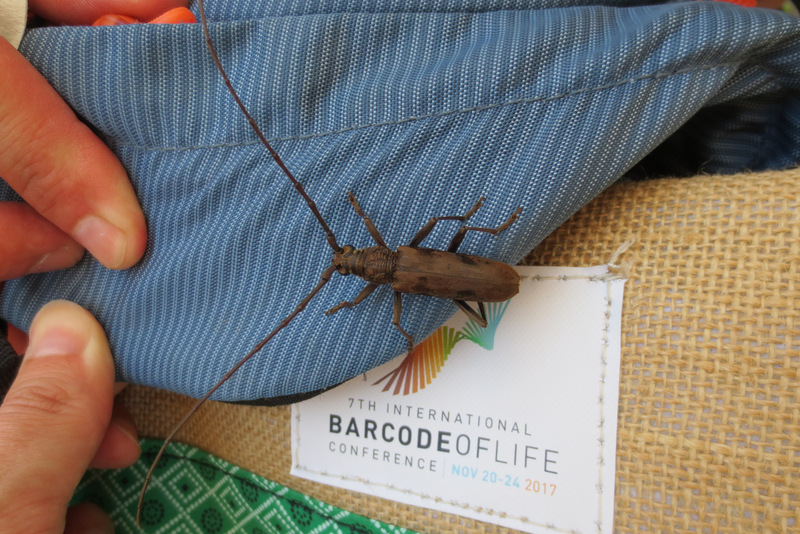 IBOL 2017 took place in the most fantastic venue imaginable: inside Kruger National Park in South Africa! Hosted by the African Centre for DNA Barcoding (ACDB) and the University of Johannesburg (UJ), the conference gathered ~450 participants from 72 different countries for a week of networking, knowledge sharing, and unforgettable experiences.
IBOL 2017 took place in the most fantastic venue imaginable: inside Kruger National Park in South Africa! Hosted by the African Centre for DNA Barcoding (ACDB) and the University of Johannesburg (UJ), the conference gathered ~450 participants from 72 different countries for a week of networking, knowledge sharing, and unforgettable experiences.
Located at the conference centre in Skukuza rest camp, IBOL 2017 filled every available room with sessions ranging from forensic applications of barcoding to the most cutting edge technology. A excellent overview of the topic trends is presented as an article that can be found here (.pdf, open access)
- Paul Hebert presenting future plans for barcoding the world’s biodiversity
- The conference venue
- We were fantastically well taken care of – here from the braai (bbq) under the stars
Norway was well represented, with 15 delegates and 23 contributions from various universities, museums and organisations. You can read more about that, and about Trondheim being the host of the next IBOL conference (to take place 17th-20th of June 2019) here (only in Norwegian atm).
- First attempt at a Norwegian group photo. Problems: a) an insect took all our focus, and b) we were missing some people Photo: Knut A. Hjelt
- Problem a) has been relocated, but b) persists Photo: Knut A. Hjelt
- Take 3: The Norwegian participants – enthusiastic about launching Trondheim as the host for IBOL2019! Photo: Knut A. Hjelt
The invertebrate collections of UM Bergen participated with five posters and three lightning talks on marine barcoding: three posters focussing on Norwegian waters, and two related to our MIWA-project (Marine Invertebrates of Western Africa, blog here). A lightning presentation is a five minute talk where the author gets to present their poster before the poster session.
Attending from UM were Jon, Tom and Katrine – as well as Lloyd from Ghana, who has been a regular guest researcher here for some time now, working with the MIWA polychaetes together with us.
Our contributions:
Barcoding of marine invertebrates from Norway through NorBOL
Katrine Kongshavn, Jon A. Kongsrud, Tom Alvestad, Endre Willassen
Investigating the marine invertebrate fauna of the West African continental shelf with DNA barcodes
Endre Willassen, Jon A. Kongsrud, Katrine Kongshavn, Manuel A.E. Malaquias, Tom Alvestad
Building a comprehensive barcode reference library of the Norwegian Echinodermata through NorBOL – an ongoing effort
Tom Alvestad, Katrine Kongshavn, Jon A Kongsrud, Torkild Bakken, Kennet Lundin, Hans T Rapp, Endre Willassen
Diversity and species distributions of Glyceriformia (Annelida, Polychaeta) in shelf areas off western Africa
Lloyd Allotey, Tom Alvestad, Jon A Kongsrud, Akanbi B Williams, Katrine Kongshavn, Endre Willassen
Assessing species diversity in marine bristle worms (Annelida, Polychaeta): integrating barcoding with traditional morphology-based taxonomy
Jon A Kongsrud, Torkild Bakken, Eivind Oug, Tom Alvestad, Arne Nygren, Katrine Kongshavn, Nataliya Budaeva, Maria Capa, Endre Willassen
All the posters are available on the conference website. Do make sure to check the photo galleries there as well!
- Katrine presenting the progress on barcoding marine invertebrates from Norwegian (and Swedish) waters
- Tom talking about the construction of a comprehensive library of Norwegian echinoderms
- Lloyd presenting our findings on the diversity of glyceriform polychaetes from West Africa
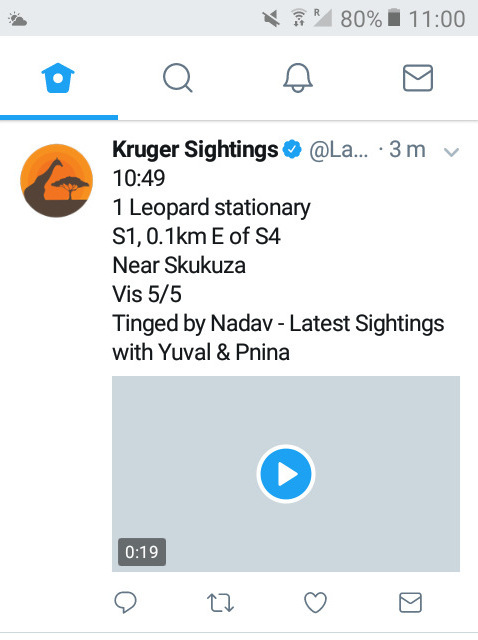 It was occasionally challenging to focus on the excellent presentations, as temptations like this kept appearing – but we prevailed, and return with a lot of new knowledge and acquaintances.
It was occasionally challenging to focus on the excellent presentations, as temptations like this kept appearing – but we prevailed, and return with a lot of new knowledge and acquaintances.
That’s not to say that we did not make the most of our free time to go and explore the park!
Here are some of the amazing encounters Kruger NP offered us (Katrine’s photos):
We had a fantastic time, our thanks to the organizers and the lovely team of volunteers for all their hard work!
-Jon, Tom, Lloyd & Katrine
PS: If you wish to stay updated on news from the conference, follow @DNABarcodes, #IBOL2017, and for news on the upcoming IBOL2019; @norwbol on Twitter

